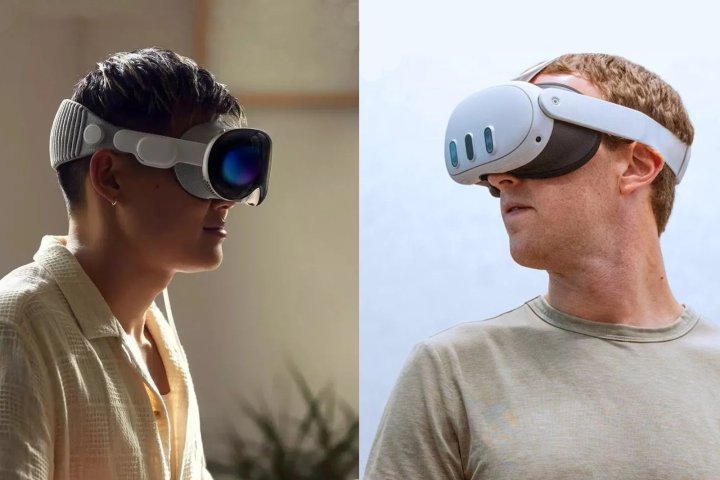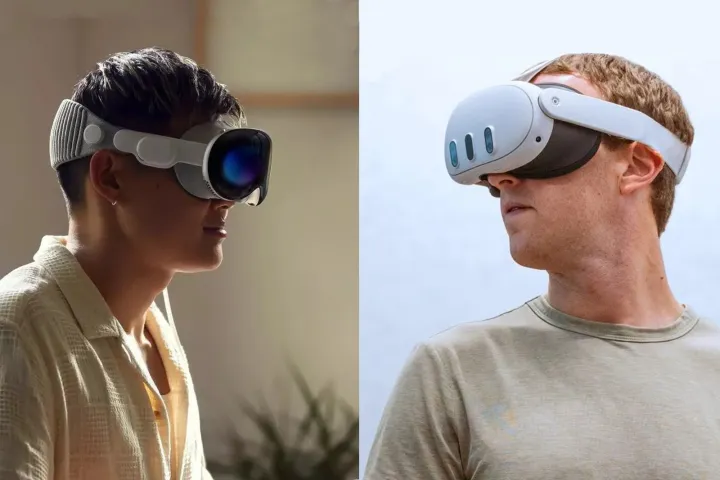
Two exciting new VR headsets are on the horizon, each offering advanced mixed-reality capabilities and better performance than current standalone headsets. Meta is the leading manufacturer of VR headsets, and the Quest 3 pushes its platform to new heights. Meanwhile, Apple has announced the Reality Pro, its first headset.
While the price difference between these next-generation mixed-reality devices is vast, there is significant overlap in how you can use them. Neither is out yet, but let’s explore how the Apple Reality Pro compares to the Meta Quest 3 based on what we know so far.
The price barrier
When pitting the Quest 3 against the Reality Pro, the overwhelming price gap between the VR systems made by Apple and Meta demands attention.
At the $3,500 starting price for the Reality Pro, you could buy seven Quest 3 headsets. Meta’s modest $500 cost leaves you with $3,000 to compensate for performance and capability differences. That opens the door for a potentially strong challenge to Apple’s solution. Of course, Meta has its own high-end mixed-reality headset, the Quest Pro, though it still comes in considerably cheaper at $1,000, having recently been reduced by $500.
The overall design and comfort are critical to the long-term use of a VR headset since they are wearable devices strapped onto your face. It should also be noted that the Quest 3 is due out later this year, while the Reality Pro won’t be available until 2024.
Design and comfort
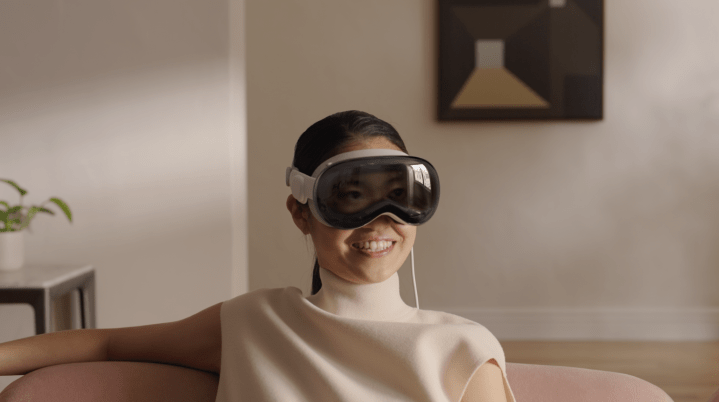
We expected the Reality Pro to be sleek and slim, but Apple showed us a device that looks about the same as most other stand-alone VR headsets. It’s large, bulky, and reportedly feels heavy. Apple has yet to announce an official weight.
Like the Meta Quest 3, the Reality Pro covers the lower forehead, eyebrows, eyes, and upper cheeks. Apple’s headset curves up to expose the lower portion of the nose but otherwise seems just as bulky.
Apple has a dubious advantage, allowing you to make eye contact with another person, even while wearing the Reality Pro. Apple’s EyeSight feature projects a 3D simulation of your eyes on the front using lenticular lenses.
Based on Apple’s demonstration, the effect is that your eyes are behind an opaque lens that can become semi-translucent. It looks interesting, but we’ll have to try it out to know whether it’s good enough to avoid the creepy, uncanny valley effect.
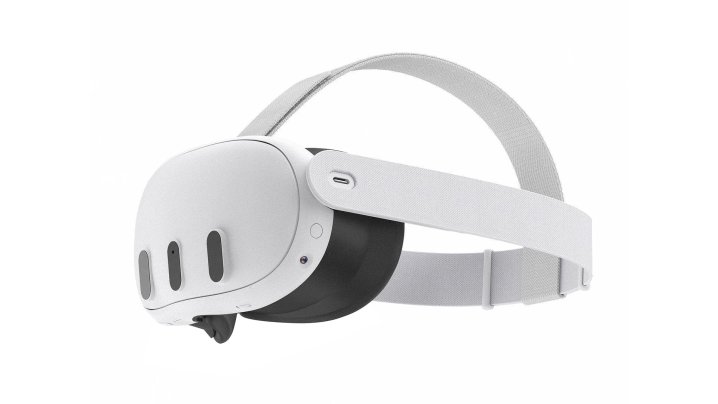
Apple hasn’t given the weight of its Reality Pro, and Meta has only shared that the Quest 3 weighs about the same as the Quest 2. People that went hands-on at the event felt the Reality Pro was hefty at about one pound. That’s the same weight class as the Quest 2. To be fair, the Vision Pro should be lighter than the Quest Pro, Meta’s premium headset.
Comfort could be a concern when wearing either device for more than a couple of hours. It will be undeniable that you’re wearing a VR headset. There’s no way to look cool, even sporting a $3,500 Apple spatial computer.
Specifications
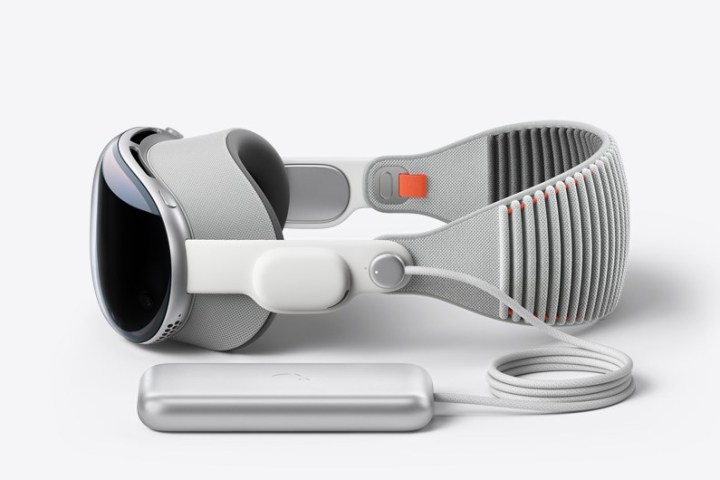
As pieces of advanced technology, we have to talk about specifications. Clearly, Apple’s ultra-premium headset will have much better display resolution and processing power than the budget-priced Meta Quest 3.
The Reality Pro features two Apple Silicon chips, the M2 for general processing and graphics, along with a new R1 chip optimized for mixed-reality tasks. Meta’s giving the Quest 3 a significant upgrade with a new Qualcomm chip, probably the Snapdragon XR2 Gen 2, incorporating three years of technological advancements over the Snapdragon XR2 inside the Quest 2.
Despite offering twice the GPU performance of the Quest 2, Meta’s Quest 3 will still be using a chip based on smartphone technology. The Reality Pro should rival the performance of a MacBook with its M2 chip. It’s like comparing an Android phone to your Mac. Both are fast, the Reality Pro should be significantly more powerful.
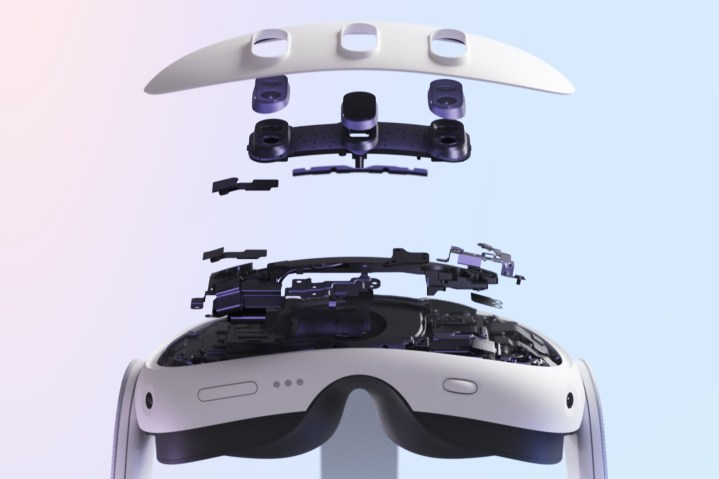
While we have yet to hear the full specifications for either device, Apple boasts its Vision Pro has a resolution of 4K per eye. Meta says the Quest 3 has the highest-resolution display it has ever made. An early Best Buy listing, since removed, indicated the Quest 3’s display might be 2,064 by 2,208 pixels per eye.
Both feature advanced lens designs that are slimmer than older systems and allow you to focus on screens about an inch from your eye. Meta uses pancake lenses, while Apple describes the Vision Pro’s lenses as catadioptric, a closely related design.
Apple’s Vision Pro should have better dynamic range both in video and audio. It features micro-OLED panels, allowing true blacks and vivid colors. Its spatial audio analyzes the room and adjusts audio accordingly, taking advantage of Apple’s two fast processors to get more out of speakers mounted in the headband.
Mixed reality

Both the Meta Quest 3 and Apple Vision Pro include color, mixed-reality passthrough cameras that let you see your actual surroundings with virtual images, graphics, and 3D objects overlaid.
Every Quest, dating to 2019, had a passthrough option, but limited to pixelated grayscale on the original model and the Quest 2. The Meta Quest Pro was the first VR headset to upgrade this experience to full color, although it’s a composite view, combining stereo grayscale and a single color camera.
The lucky few who have tried the Vision Pro say the passthrough looks very good, almost as if you aren’t wearing a headset. We don’t yet know how great the improvement will be with the Quest 3. However, in a hands-on report preceding Meta’s announcement, Bloomberg’s Mark Gurman said, “It is a night-and-day improvement over the Quest 2,” adding that he could use his phone while wearing the headset.
Apple has impressive specifications, but a more important consideration is how you’ll use your VR headset.
Usability
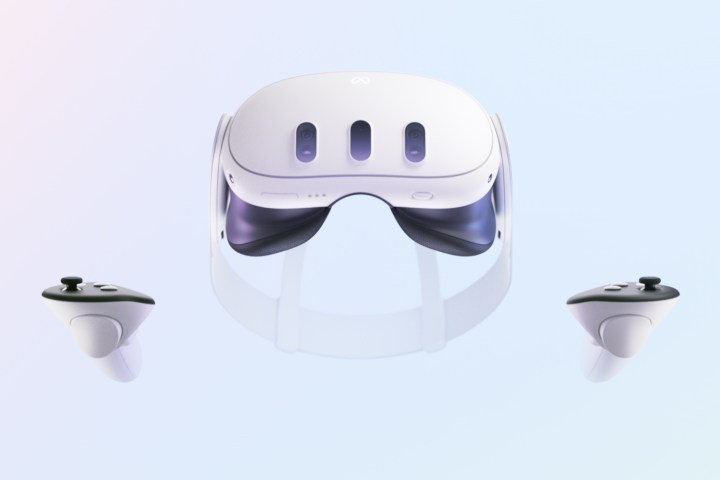
With great power comes great expectations. Apple’s Vision Pro blows away the competition in raw power and display quality, but thus far, it seems like a great replacement for a big-screen TV (if you don’t like to share) and not much else.
Meta’s Quest platform can also play giant immersive videos, and the Quest 3 will have access to a huge library of VR games along with two motion controllers that let you shoot, steer, wield swords, and manipulate objects with virtual hands.
Both devices have great hand tracking. Apple also tracks the wearer’s eyes in a clever user interface design that makes interaction with standard widgets effortless. Translating this control system to standard VR games might be extremely difficult.
There’s little doubt some creative developers will rise to the challenge to create a unique and amazing game that works within this new paradigm. At present, the future of Apple Vision Pro gaming is unclear. We know iPad games will work, but we need something more exciting to justify the $3,500 price tag.
Will AAA gaming come to the Vision Pro, or will it be an occasional afterthought of a few developers as Mac gaming has?
Apple Vision Pro includes FaceTime with semi-realistic, animated avatars. Meta is working on a similar solution, but it might be better to give users an option to use a stylized avatar. After all, VR isn’t limited to physical reality.
Have you ever noticed how people on social media chose cartoon avatars or photos of something besides themselves, despite the ease of snapping a selfie? Why should my VR face look like a less expressive version of my own mug, and do I even want that?
Spatial computing

If the Apple Vision Pro isn’t a gaming machine, what is it? Apple never uses the term VR and didn’t show a single VR game in its announcement. Instead, it called the Vision Pro a spatial computer, and it really is.
The display quality and processing power suggest you could replace a MacBook Air with an Apple Vision Pro. The only limitation is the software and operating system. Since iPad apps will be usable, the Vision Pro is as much of a computer as an iPad. People still debate about whether an iPad is a computer, though.
It will greatly surpass the computing abilities of a Quest 3, but Meta does include a web browser that can open three large windows side by side. Web apps have improved greatly, with enough power and flexibility to meet the daily computing needs of many people.
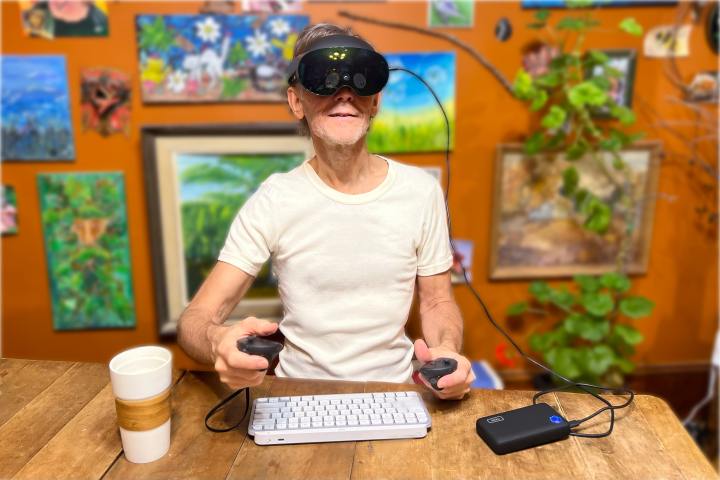
I was able to use a Quest Pro for a week as a laptop replacement soon after the launch of Meta’s work-centric headset. That wasn’t easy, but it worked. The Quest 3 will offer better performance, a more mature operating system, and improved mixed reality. The Quest 3 should be a reasonably useful spatial computer for office work and browsing.
Both systems allow you to connect to a desktop or laptop computer for more serious work. With a Quest 3, you can even play PC VR games that are too demanding for the Qualcomm processor.
Do you own a Windows PC with an Intel Core i9-13900K and an Nvidia 4090 GPU? Your Quest 3 headset can connect and easily outperform an Apple Vision Pro. You might argue that the Vision Pro can connect to a Mac Pro with an M2 Ultra chip, but so can a Quest 3.
Which is right for you?
The bottom line is usually the value proposition. What can this shiny, new piece of technology do, and is it worth the money? Neither of these is out yet, but there’s a lot we can deduce about them from what we already know.
For most people, an Apple Vision Pro purchase is going to be hard to justify. It very well may be worth $3,500 in terms of hardware. There’s no stand-alone VR headset as powerful, and the displays are reportedly stunning, as is the audio.
Does it provide anything unique and useful, though? Perhaps it does for developers and influencers that will use it for work. If you have money to burn, the value might not figure into the equation.
For those looking at a more accessible VR headset, especially for gaming, the Meta Quest 3 is going to remain the go-to headset when it launches. You’ll even have $3,000 left over to soothe your need for more powerful technology.
Editors’ Recommendations
Services Marketplace – Listings, Bookings & Reviews
